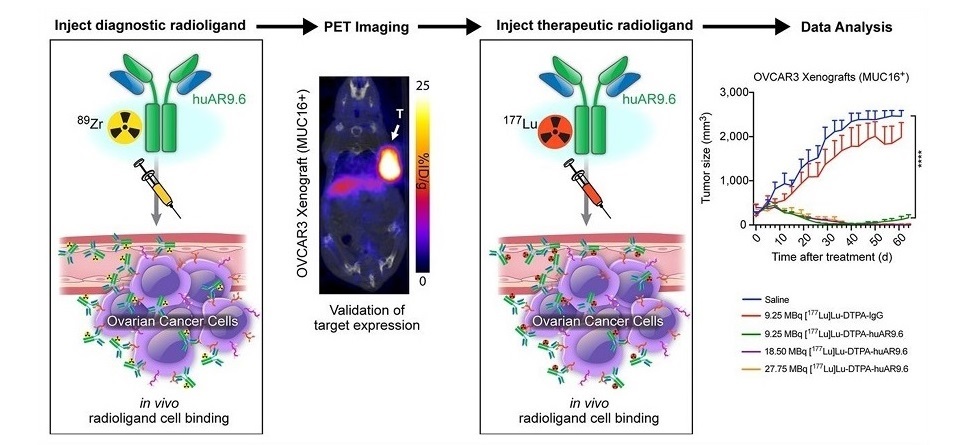SPECT Imaging Scan to Find Source of Epileptic Seizures
By MedImaging International staff writers
Posted on 04 Jan 2015
Some patients cannot tolerate the side effects of medications that are used to treat epileptic seizures and become candidates for surgery in which the epileptogenic zone in the brain is removed. Surgery is only an option if the affected part of the brain is not responsible for critical functions. Sometimes it is not possible to localize an epileptogenic zone with a Magnetic Resonance Imaging (MRI) scan, or an electroencephalogram.Posted on 04 Jan 2015
The Loyola University Health System (Maywood, IL, USA) now performs ictal Single-Photon Emission Computed Tomography (SPECT) scans and uses 3-D modeling software to localize seizures as they occur. The patient is first admitted to the Epilepsy Monitoring Unit where they are continuously monitored for seizures using an Electroencephalography (EEG). When a seizure is detected the patient is injected with a nuclear medicine radiopharmaceutical tracer and undergoes a SPECT scan. The scan, together with the 3-D modeling software, enables the specialists to pinpoint the exact location of the seizure in the brain. This is possible because the radioactive tracer is most prevalent at the epileptogenic zone where blood flow has increase because of the seizure.
According to Bruno Maton, MD, associate professor in the Department of Neurology at Loyola and epilepsy specialist, “SPECT scans require close collaboration between the departments of Radiology and Neurology.”
Related Links:
Loyola University Health System














